Apple on Monday announced the launch of a new 13-inch MacBook Pro with updated 10th-generation processors for higher-end machines and new scissor switch Magic Keyboards across the lineup.
We picked one up to check out what's new and to see how it compares to other machines in Apple's notebook lineup. Read on to see what we thought and whether it's worth a purchase.
Design wise, the 13-inch 2020 MacBook Pro looks identical to the 2019 model because Apple has made no external changes with the exception of the new keyboard. It continues to use the same 13.3-inch size chassis, which is disappointing as there were rumors of a swap to an updated 14.1-inch design.
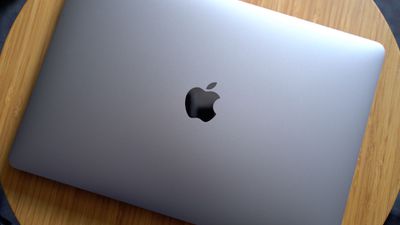
That 14.1-inch MacBook Pro might still come at some point in the future, but for now, Apple is continuing to sell the same old 13.3-inch model alongside the 16-inch MacBook Pro.
We bought the base model machine, which means it's still using Intel's 8th-generation processors. The higher-end 13-inch MacBook Pro models that start at $1,799 have faster and newer 10th-generation processors.
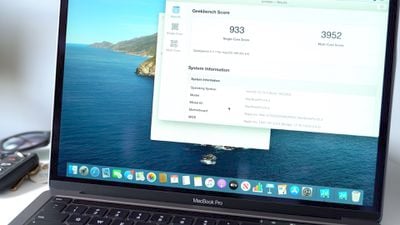
Based on benchmarks, the $1,799 MacBook Pro with a 2.0GHz Core i5 10th-generation Intel chip is about 16.5 percent faster than the $1,299 base model that we have here, which features a 1.4GHz quad-core Core i5 8th-generation processor.
Apple added support for up to 32GB RAM and a 4TB SSD in the 2020 MacBook Pro refresh, but again, those features are limited to the most expensive machines. The base model can only be upgraded to 16GB RAM and a 2TB SSD.
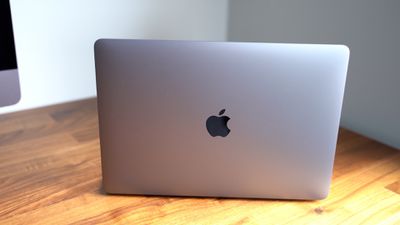
So basically, what's new in the base model MacBook Pro is the keyboard. It now features the same Magic Keyboard that Apple first introduced in the 16-inch MacBook Pro. The Magic Keyboard uses scissor-style switches instead of the old butterfly-style switches, which were notoriously unreliable and unpopular with users.
Apple's butterfly keyboards led to the initiation of a massive repair program, and though Apple tried time and time again to fix the butterfly keyboard with different band-aid methods, nothing worked, and the only way to get a more reliable keyboard was to go back to the scissor switch design.
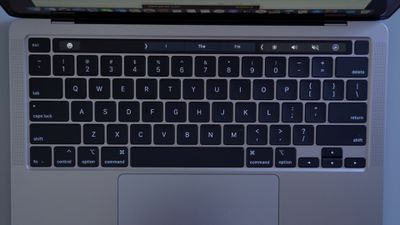
The Magic Keyboard of the 13-inch MacBook Pro should be much more reliable than the keyboards of prior models that still had butterfly switches. With the release of the 13-inch MacBook Pro, Apple has now officially eliminated the butterfly keyboard from its entire notebook lineup.
Design wise, the Magic Keyboard features a physical escape key and inverted T arrow keys, but it continues to feature a Touch Bar and Touch ID for biometric authentication. When it comes to feel, the Magic Keyboard isn't too far off from the butterfly keyboard that it's replacing with good key travel and a solid feel under the fingers.
It's worth noting that higher-end MacBook Pro models with four Thunderbolt 3 ports can now support the 6K Pro Display XDR, but the lower-end models with just two Thunderbolt 3 ports are limited to one 5K or two 4K displays.

Unless you're planning to shell out at least $1,799 for a new 13-inch MacBook Pro, this refresh is somewhat disappointing because the more affordable, lower-end models don't get anything but a refreshed keyboard design. At a $1,799 starting price and up to $3,500 for the upgrades, some users might be better off checking out one of the 16-inch MacBook Pro models unless size is a concern.
Those interested in portability and the lower-end specs of the more affordable MacBook Pro will want to take a good look at the MacBook Air, which may be a better value.


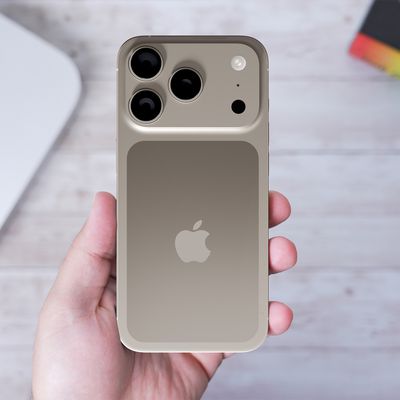

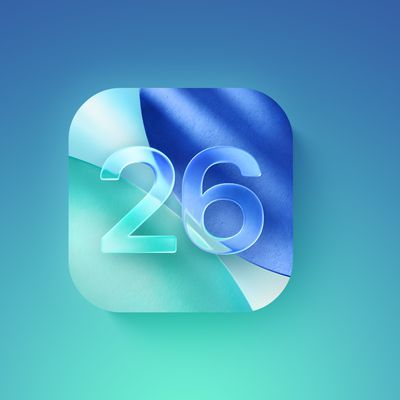
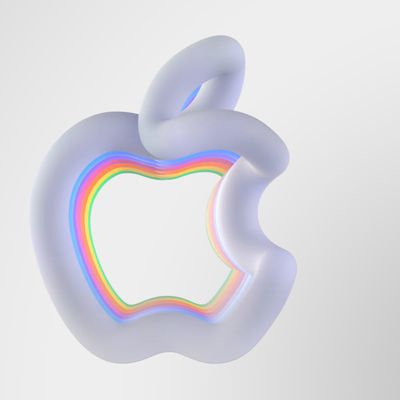
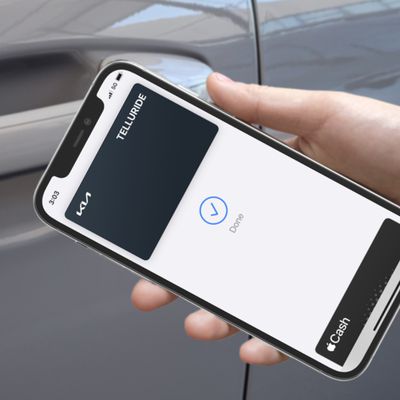
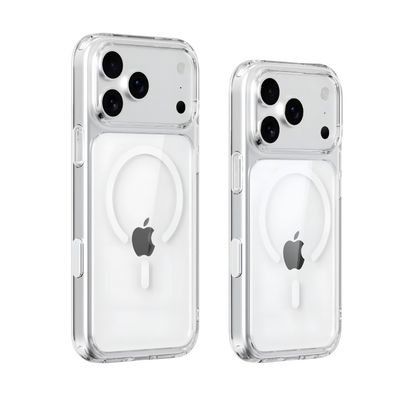

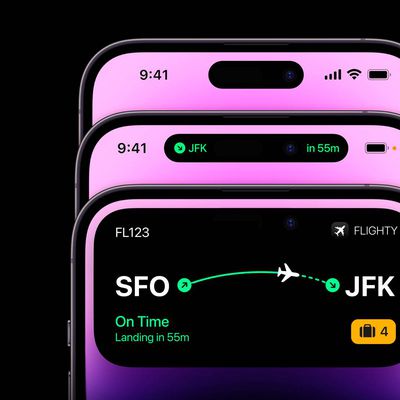











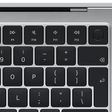
Top Rated Comments
The difference in cost is $600 and $800, respectively. That’s a huge delta for most users who are simply going to buy what Apple offers without adding BTO options.
For $600, I get 2 more cores, a larger display, a discrete GPU, better microphones and speakers. That’s it. For $600. Which may be of value to some, but not others. The price delta is not insignificant.
For $800, I get 4 more cores, a larger display, a more powerful discrete GPU, better microphones and speakers. That’s it. For $800. That is no small drop in the bucket.
You are being incredibly disingenuous when you state the 13” MacBook Pro goes to $3500 with upgrades, but don’t give me the price for the corresponding 16” model as though I wouldnt want to upgrade it as well. By the way, the price difference between a loaded 13” and an equivalent 6-core is still $400 and between the loaded 13” and the 8-core is $600.
It would be nice if the editors writing these so-called “reviews” actually thought about what they are writing and that they work for MACrumors and not PCPeopleWhoSecretlyWorkAtMacRumors. Even if you think the 16” is a better value, stating it in an objective manner would go a long way from the lazy writing I see here. The rest of the review is just a mess and could use a pass by a decent editor.
No, its the Thin Bezel Cult™ that is smoking crack. We’re not talking 2012-215 MBA bezels, these are fine and serve a purpose. Well, they serve two, one of which is to annoy the hell out of the Thin Bezel Cult™, which I’m popping popcorn now to enjoy heads popping everywhere.
Agree or Disagree?
Thats why you make sure and have a backup strategy to preserve your data...because that S*** can happen to anybody at any time, under any circumstances. RIGHT? Say right.
A former coworker bought the 12” iPad Pro and first, I couldn’t pick the damn thing up without scraping the naked aluminum across his desk because they have square edges, second, I could not hold the thing securely without my fingers being in the way. I love the design, but I bought the 2017 12.9” 512GB when B and H had them on blowout. I still want an 11” Pro, but I am ambivalent about the both the edges and the no bezels.
I know at some point my 2017 is going to have to be replaced, but I much prefer the meaty bezels that allow me to carry it securely and not smudge the screen and the tapered edges that allow me to actually pick the damn thing up when its not in a case.